
Lavender is usually harvested in late summer or early fall, depending on the climate and type of lavender. The ideal time to pick lavender is when the buds are open and the flowers are starting to show color but are not yet fully open. This usually means that the harvest time is somewhere between July and September, depending on the geographical location.
Table of content
How is lavender harvested?
When picking lavender, the stem above the leaves of the plant is cut. Usually the stem is dissected about 5 cm above the leaf, which allows the rest of the plant to continue normal growth and development.
When chopping the lavender stem, make sure to use sharp pruning shears to get a clean and precise cut. A sharp cut helps reduce damage to the plant and facilitates further growth.
It is also important to remember to avoid cutting too low, close to the base of the plant. Leaving enough stem height allows the plant to stay healthy and preserve its structure.
When picking lavender, be especially careful not to damage the remaining buds and flowers that will continue to bloom on the plant. Be careful not to pull or injure the rest of the plant while cutting the stems.
It is best to take a gentle and careful approach when picking lavender to get the most out of the flowers and preserve the health of the plant for future growth
How to recognize when lavender is ready to harvest?
To recognize when is the right time to harvest lavender, pay attention to several key factors:
Flowering stage: Look at lavender buds and flowers. The ideal time to pick is when the buds are open and the flowers are starting to show color. The flowers should be partially open, but not fully developed.
Flower color: Lavender flowers should have an intense color that is characteristic of the species. For example, most varieties of lavender have bluish flowers, but there are other varieties with pink or white flowers. When the flowers reach the desired color, it is a sign that the lavender is ready to be picked.
Scent: Gently rub the lavender flowers with your fingers and check the scent. If the intense scent of lavender wafts through the air, this is another indication that the lavender is ready to be picked. The smell is an important indicator of the concentration of essential oil in the flowers, which is a key factor for the quality of lavender.
Time of year: Lavender usually blooms in late summer or early fall, so pay attention to seasonal changes. Depending on your location and climate, you can track lavender's regular growth and bloom cycles to determine the best time to pick.
All of these characteristics can vary depending on the type of lavender and local conditions, so it's best to consult with local lavender growers or agricultural experts for specific guidelines for your region.
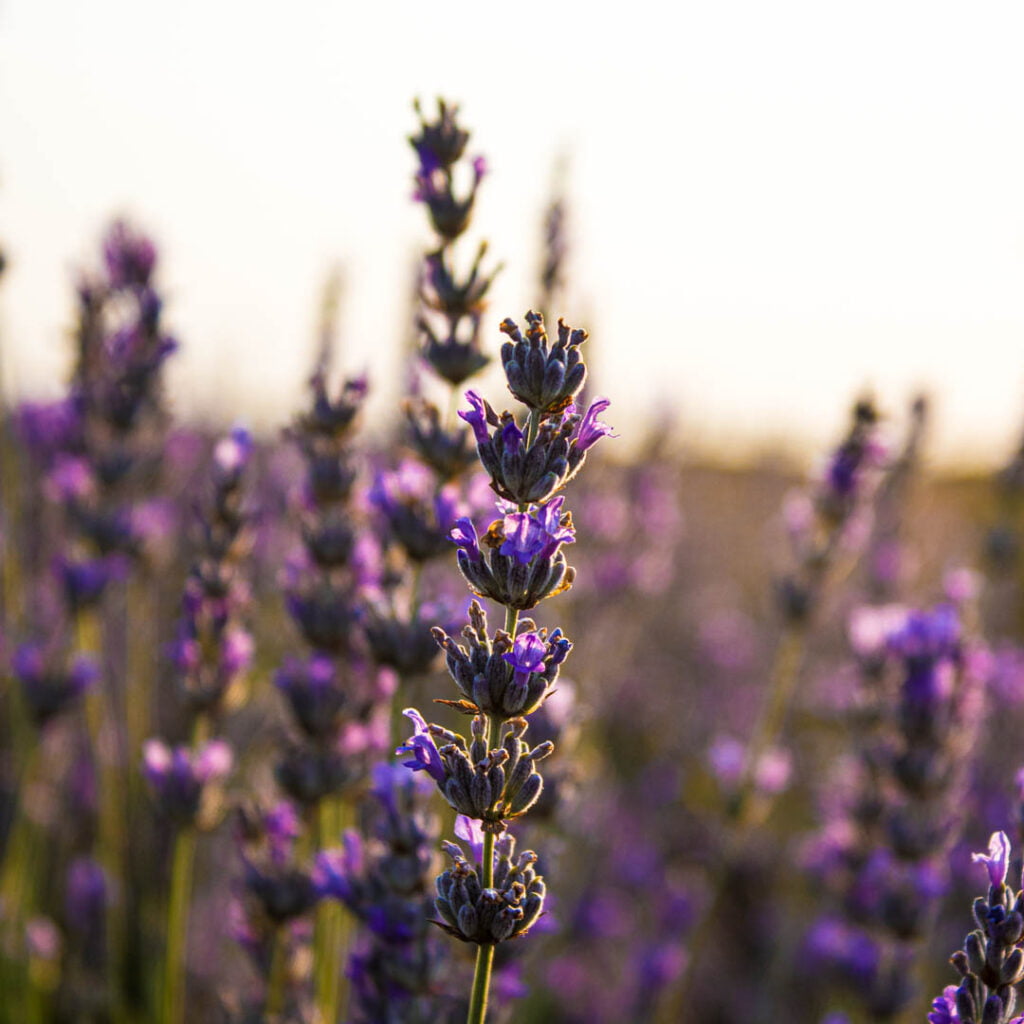
Harvesting lavender for oil or drying?
When it comes to picking lavender for oil production or drying, there is a difference in picking time.
For production lavender oil, the ideal time to pick is when the buds are open but the flowers are not yet fully open. At that moment, the concentration of essential oils in the flowers is the highest, which gives the best quality oil. This usually falls somewhere between July and August, depending on your geographic location and the type of lavender you are growing. It is important to harvest lavender in dry weather to avoid moisture affecting the quality of the oil.
Observe the lavender bush, if 50% of the stems on the bush have open flowers, the lavender is ready for picking and preparation for distillation.
If you want to use lavender for culinary purposes or for drying, it is best to pick lavender when about 20% of the flowers are open.
When it comes to drying lavender for decorative purposes, such as making souvenirs, scented pillows or bags, it is best to pick lavender when the flowers are fully open. This is usually later in the season, when the lavender flowers are in full bloom and showing intense color. Harvest lavender when the weather is dry to avoid moisture causing rot during the drying process.
It is important to note that the exact time of picking may vary depending on the lavender variety, climate and specific production requirements. It is always advisable to consult with local lavender growers or plant production experts to get the most accurate information on when to pick lavender for a specific purpose.
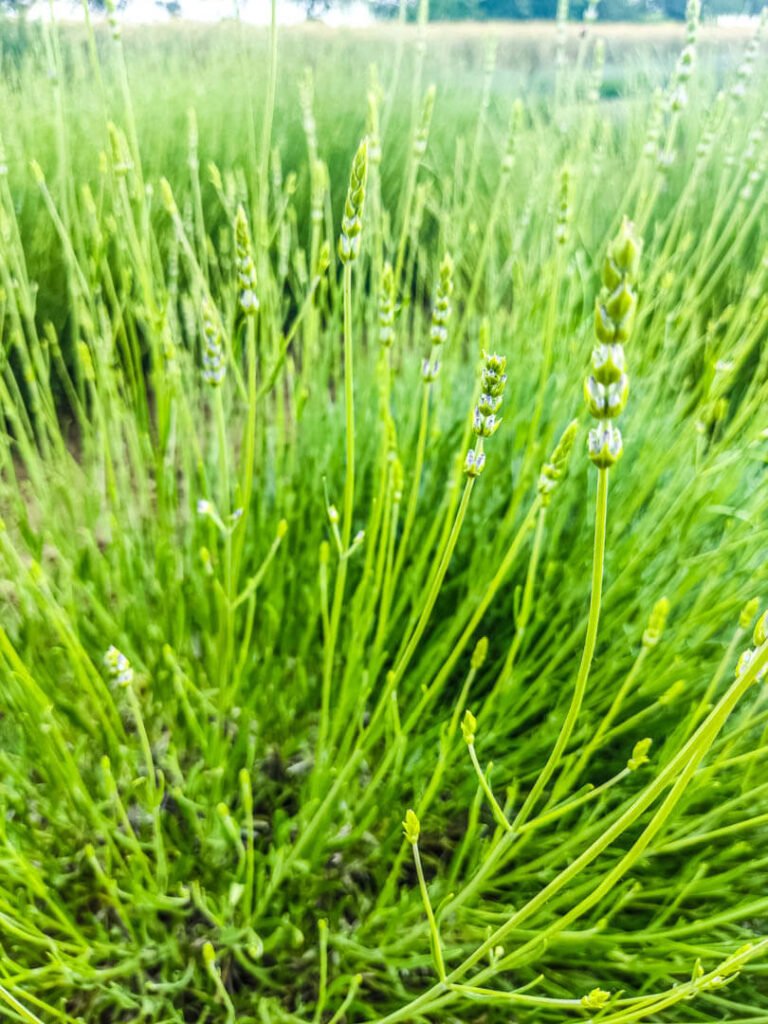

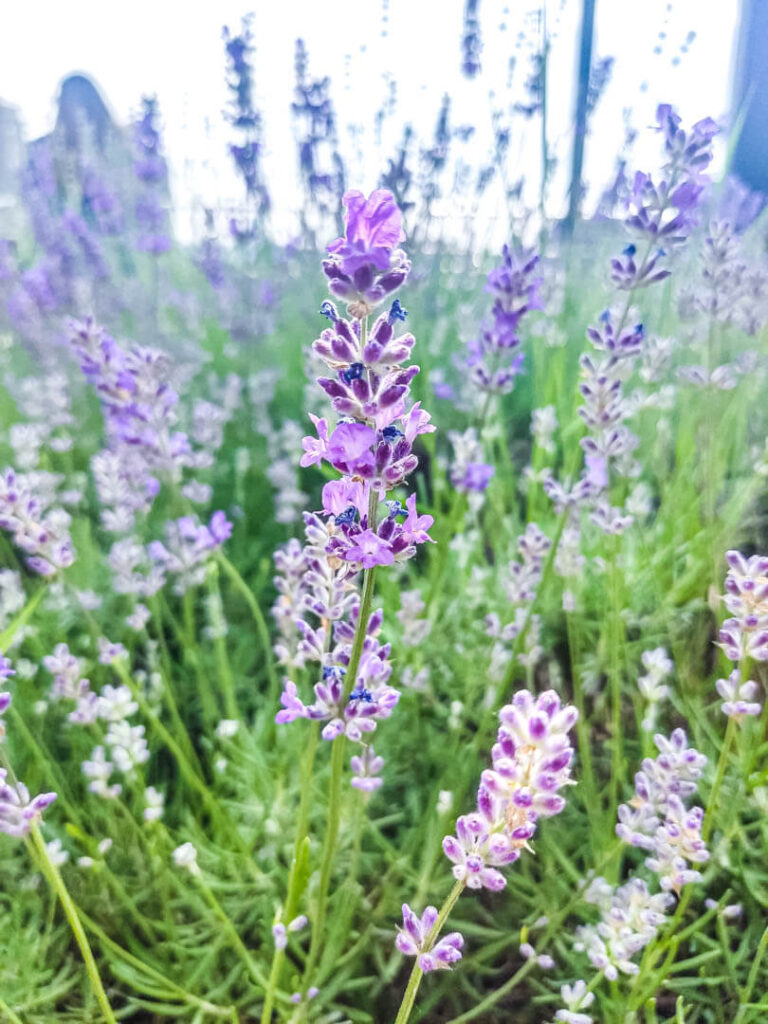
What is needed to pick lavender?
Lavender, a favorite flower with its distinctive fragrance, requires special attention when it's time to harvest. The right time to pick lavender can be crucial for obtaining the best quality essential oils and dried flowers. Keep reading to learn the best strategies for picking lavender and how to get the most out of this beautiful plant.
The optimal time for picking lavender depends on the type and purpose of picking. A general rule of thumb is to pick lavender when the buds are half open but still bright and full of color. This moment usually comes during the summer months, usually from mid to late July to August, depending on the geographical area and the type of lavender.
If you want to collect flowers to make essential oils, it is ideal to harvest early in the morning, when the oil concentration is highest. Carefully cut off the flower heads using sharp scissors or shears. This procedure will allow you to save the lavender essence for future use in aromatherapy, massages and other beauty products.
On the other hand, if you intend to dry lavender for decorative or aromatic purposes, harvesting should be done at the stage when most of the buds on the flower stem have opened. The flower heads should be tied in small bundles and turned downwards in a dry and dark place to allow for even drying.
It is important to note that the quality of picking is key to obtaining the best results. Pay attention to weather conditions - avoid harvesting on wet days to prevent the development of mold and rot. Also, harvest only healthy and untainted flower heads to ensure pure, high-quality lavender.
You can use several basic tools to pick lavender:
Pruning shears: Use sharp pruning shears or special viticultural shears to cut lavender stems. This will help you quickly and accurately cut the flowers without damaging the plant.
Picking basket: It is recommended to use a picking basket or container in which to place the picked lavender flowers. Choose a basket with a wider opening to prevent creasing and damage to the flowers during picking.
Gloves: Use gloves to protect your hands from thorns or possible allergic reactions. Lavender can have tiny hairs on the leaves and stems that can cause skin irritation in some people.
Transport bag: Once you have collected your lavender flowers, you can transport them in a bag or pouch to protect them from damage during transport.
It is important to keep your tools clean and sharp to facilitate the picking process and minimize injury to the plant. Also, be careful when picking not to damage the remaining buds and flowers that will continue to bloom and develop on the plant.
Natural cosmetics for you!
If you want to see all our products, visit our store.
What to do with lavender after harvesting?
After picking lavender, there are several things you can do with the harvested flowers:
Drying: Drying is a common way of preserving lavender. Hang the lavender flower stems upside down in a dry and airy place, such as a hanger or trellis. Allow the flowers to dry for several weeks until they are brittle and easily crushed with your fingers. Dry lavender can be used in arrangements, scented pillows, baths or to make essential oil.
Making scented products: Dry lavender can be used to make various scented products, such as scented bags, scented pads, soaps, candles or natural perfumes. You can use crushed dry lavender as a filling or addition to these products to give them a distinctive lavender scent.
Essential oil extraction: Lavender is often used to produce essential oil and macerate. You can perform the distillation process at home using a special still or seek out a professional lavender oil extraction process.
Decorative arrangements: You can use freshly picked lavender flowers to make decorative arrangements. Combine them with other flowers and greenery to create beautiful bouquets or vases.
Culinary: Lavender is also used for culinary purposes. The flowers can be added to dishes, desserts, teas or infusions to infuse the aroma of lavender into food.
Always make sure to store and store lavender properly after picking. Keep it in a dry and dark place to preserve the fragrance and quality of the flowers.
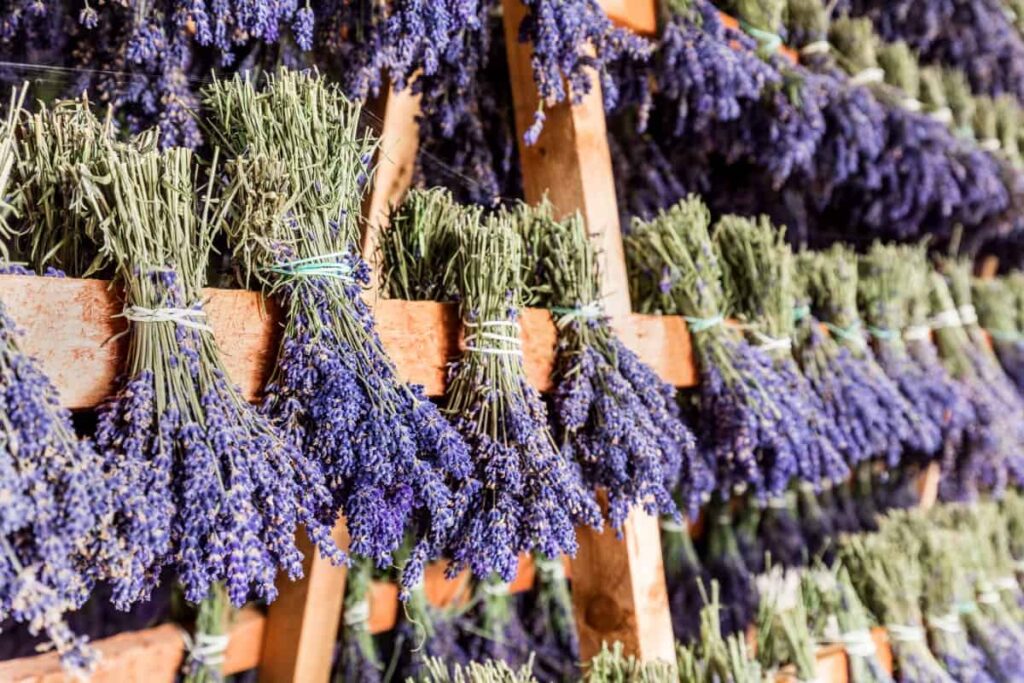
Drying and bundling
Tying lavender into bundles is a traditional way of processing and drying lavender. Here's how you can bundle lavender:
Prepare the harvested flowers: After picking the lavender, inspect the flowers and remove any damaged or rotten parts. Leave the stems long enough to tie them into bundles.
Group the flowers: Take several lavender stems and group the flowers together. Make sure all the flowers are facing the same direction.
Tying the bundle: Use a thin, strong ribbon or string to tie the bundle. Attach the thread around the stems at the base of the flowers and carefully tighten. Next, thread the thread between the stems toward the top of the bundle and tie a tight knot to secure the bundle.
Leave enough space: Leave some space between flowers and ties to allow air to circulate and allow for proper drying.
Hang the bundles: Hang the tied lavender bundles upside down in a dry, warm and ventilated place. You can hang them on a hook, hanger or rope. Leave them to dry for several weeks until they become brittle and the flowers fall off easily when touched.
Tied bundles of lavender can be used as decoration or as a natural room freshener. You can also use the flowers from the bundles to make scented sachets, cushions or other scented products.
It is important to note that lavender must be dried in a dry place to avoid rotting. Also, feel free to experiment with the size of the bundles and the method of tying according to your wishes and aesthetic taste.
Conclusion
Harvesting lavender is more than the simple act of picking the flowers. It is an experience that connects us with nature and offers us moments of peace and contentment. As we move through fragrant fields of lavender, every flower we touch reminds us of the beauty of nature and its gift of fragrance.
The experience of picking lavender is full of moments of pure pleasure. As we carefully pick each flower, we feel the scent of lavender engulf us and soothe us. It is the moment when we connect with nature in an intimate way, feeling like a part of something bigger and more beautiful.
Picking lavender is an opportunity to slow down and immerse yourself in the fragrant lavender fields. It is a moment when we can get away from the hustle and bustle of everyday life and surrender to the simplicity and beauty of nature. At that moment, all worries disappear and we feel peace and tranquility.
When we bring home the harvested lavender flowers, their beauty reminds us of that wonderful harvest experience. The scent of lavender spreads throughout the space and brings comfort to our home. Excitement and pride when we use those flowers in fragrant bags, bouquets or products that we make ourselves is immeasurable.
Harvesting lavender is more than a simple act – it is an opportunity to connect with nature, awaken our senses and enjoy its fragrances. It is an experience that reminds us of the beauty of simplicity and peace that nature can provide.


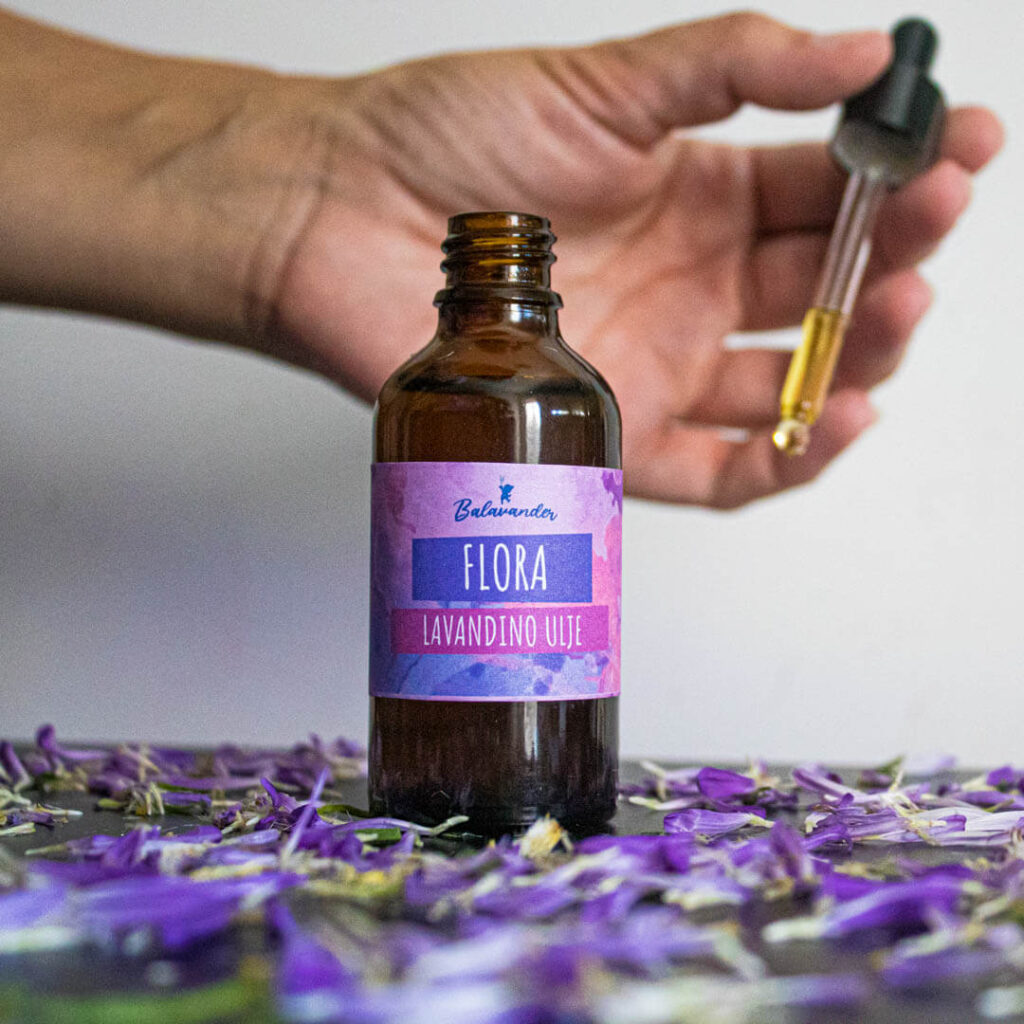
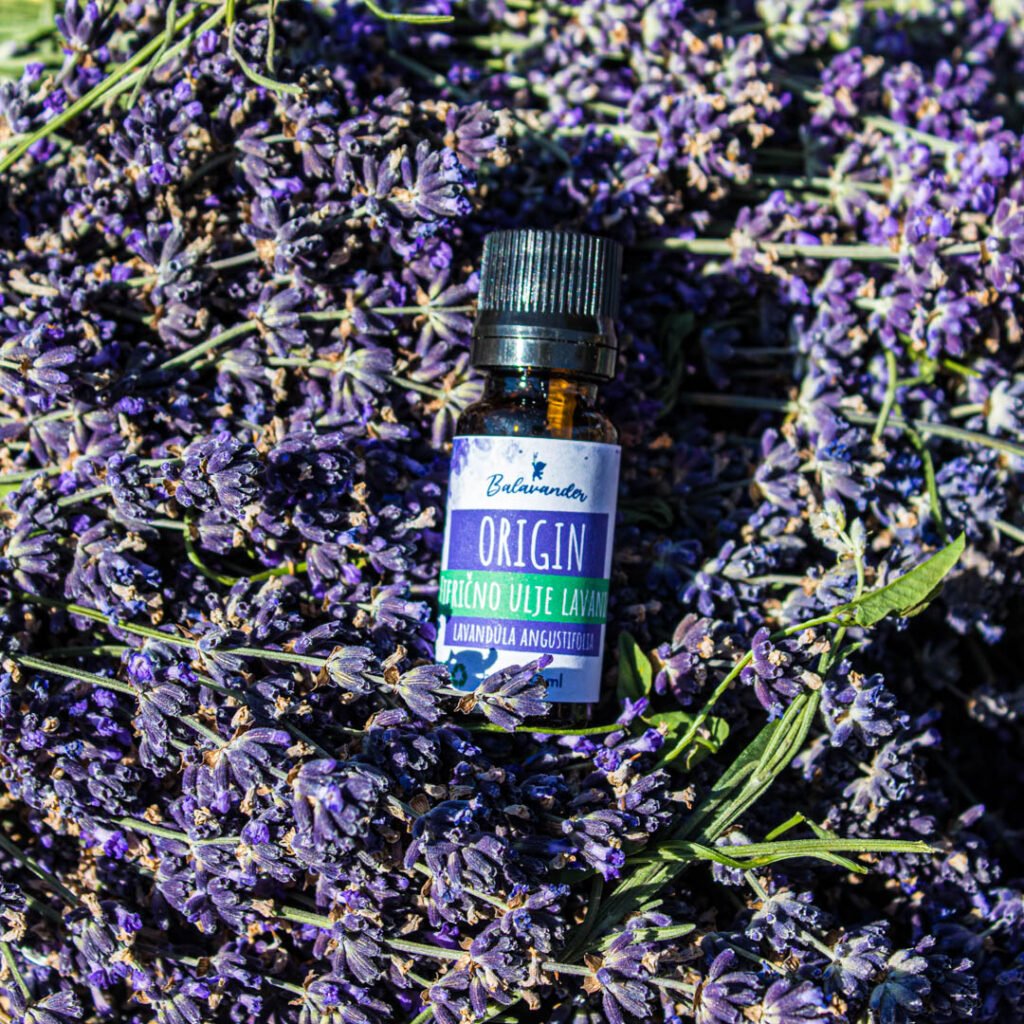

Leave a Reply